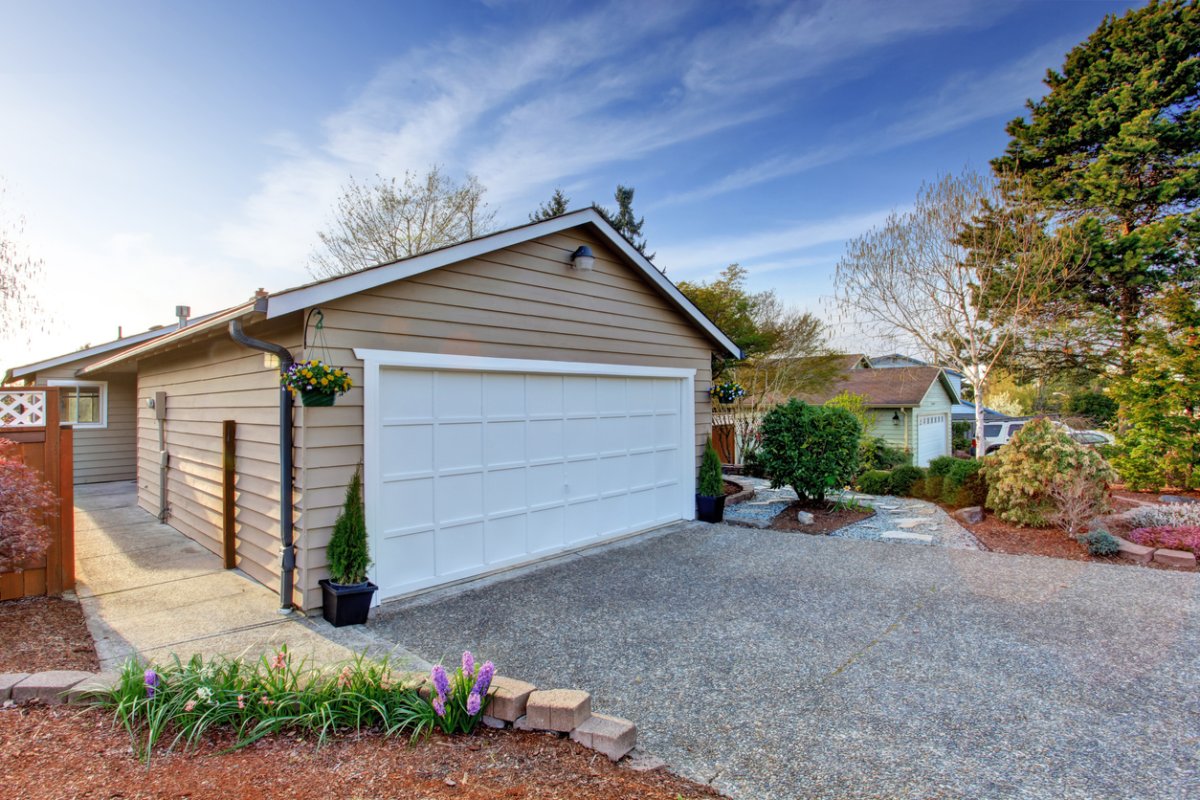We may earn revenue from the products available on this page and participate in affiliate programs. Learn More ›
There are many popular driveway options available, and gravel is a popular choice among them. Gravel driveways offer several benefits over some other materials, including their more budget-friendly cost, the ease of installation and upkeep, and good drainage. However, there are also a few downsides to this type of material. Clearing snow from gravel driveways can be more difficult; loose pieces of gravel can wash away with rain or melting snow; and potholes might appear more frequently than they do with other surface materials.
Still, a low-cost solution to home parking, the material can offer more pros than cons if owners learn the best ways to maintain a gravel driveway. The tips below can help you stay ahead of potential downsides and keep the surface in good shape.
RELATED: The Best Gravel for Driveways
1. Rake the driveway.
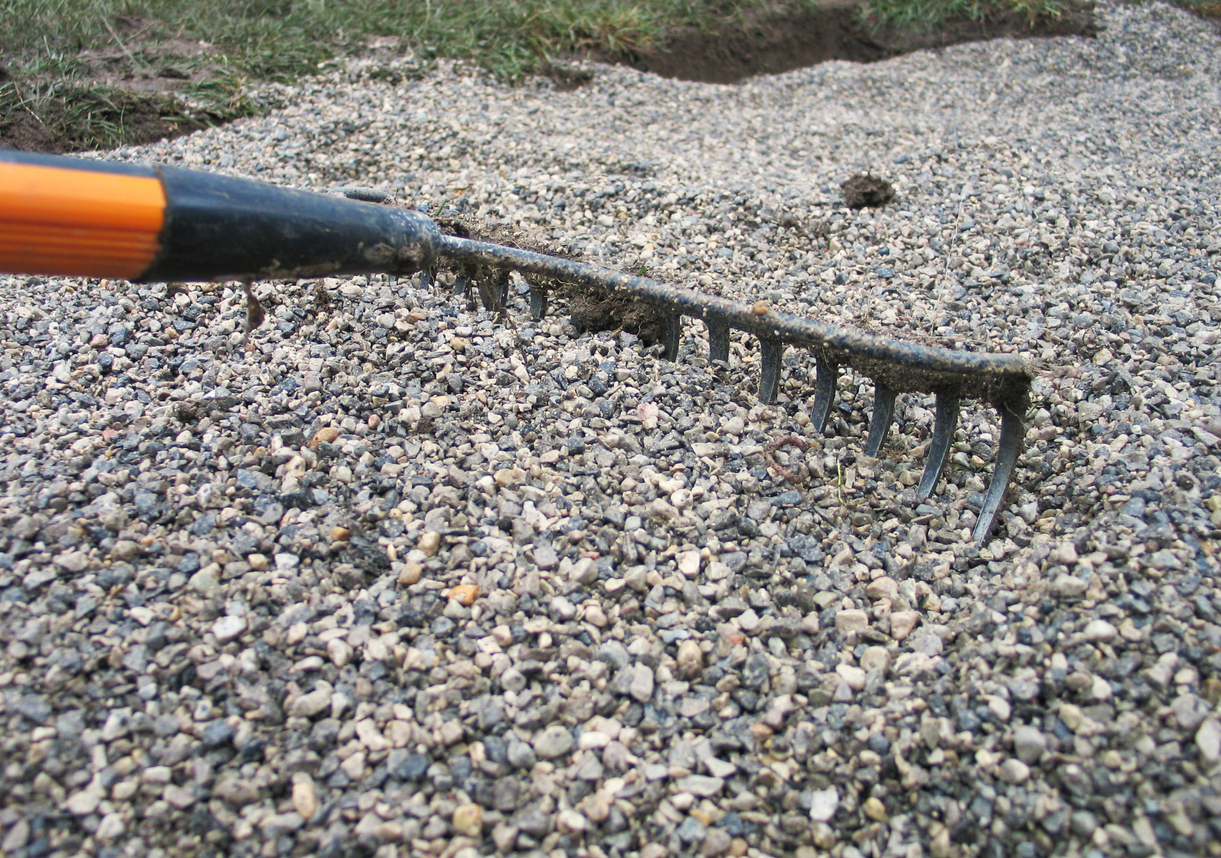
Raking a gravel driveway is one of the most important steps you can take to maintain it. The small pieces of gravel can get displaced and spread out unevenly over the surface when cars drive over them, water causes them to move, or the wind blows them. Leaves and other debris can also get mixed in with the gravel, leaving it looking unkempt and making walking or driving safely more difficult. Rake regularly if possible, using a high-quality rake specifically designed for use on gravel to move the rocks around and release debris that is trapped among them.
2. Remove debris.
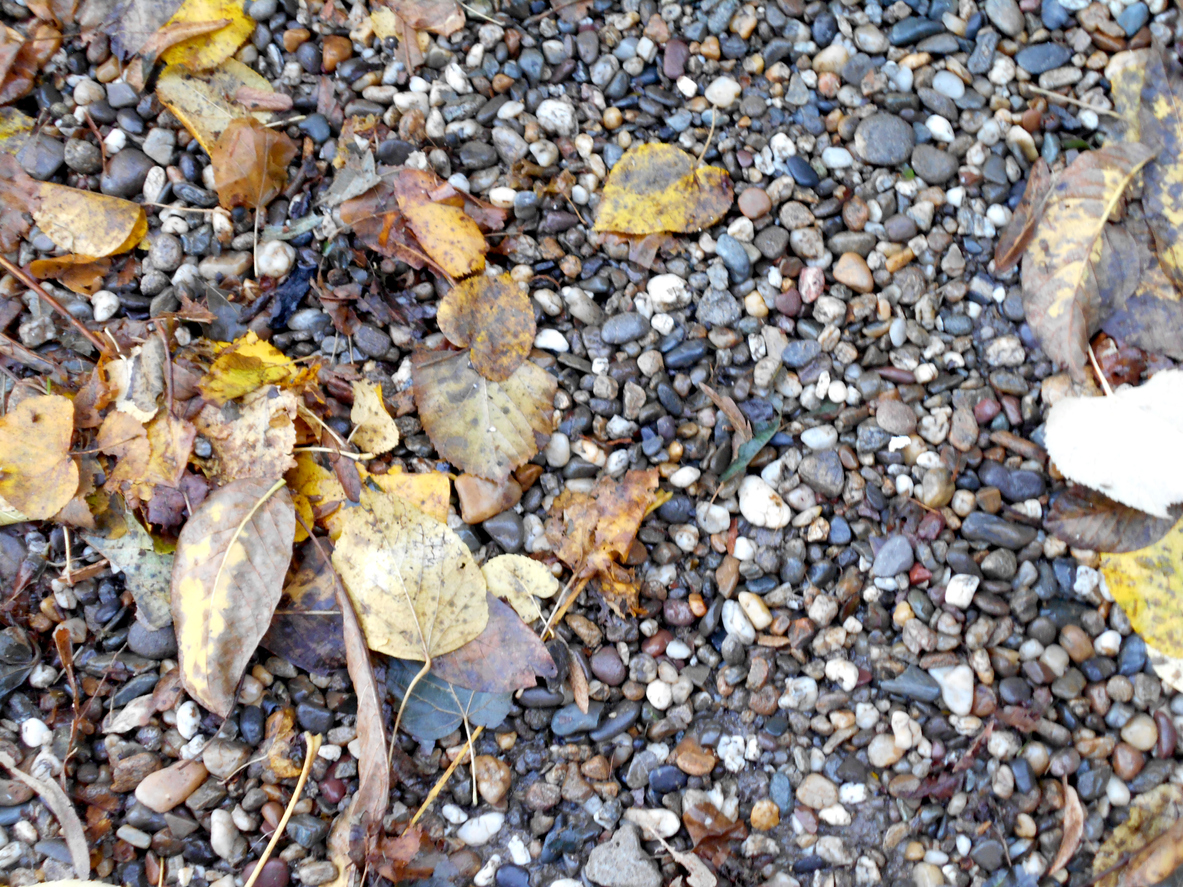
Taking a few minutes to clear debris from a gravel driveway can help keep it looking its best. When sticks, leaves, or other debris accumulate over the surface, they can trap moisture. When moisture levels are higher, the chance for potholes to form increases. Debris scattered over the driveway will also make the driveway look less aesthetically pleasing and will eventually get mixed in with the stones, creating the need to rake the surface more frequently. Use a rake with loose tines to remove wet or dry leaves or gently blow dry debris off with a leaf blower set on low.
3. Add gravel to prevent pooling water.
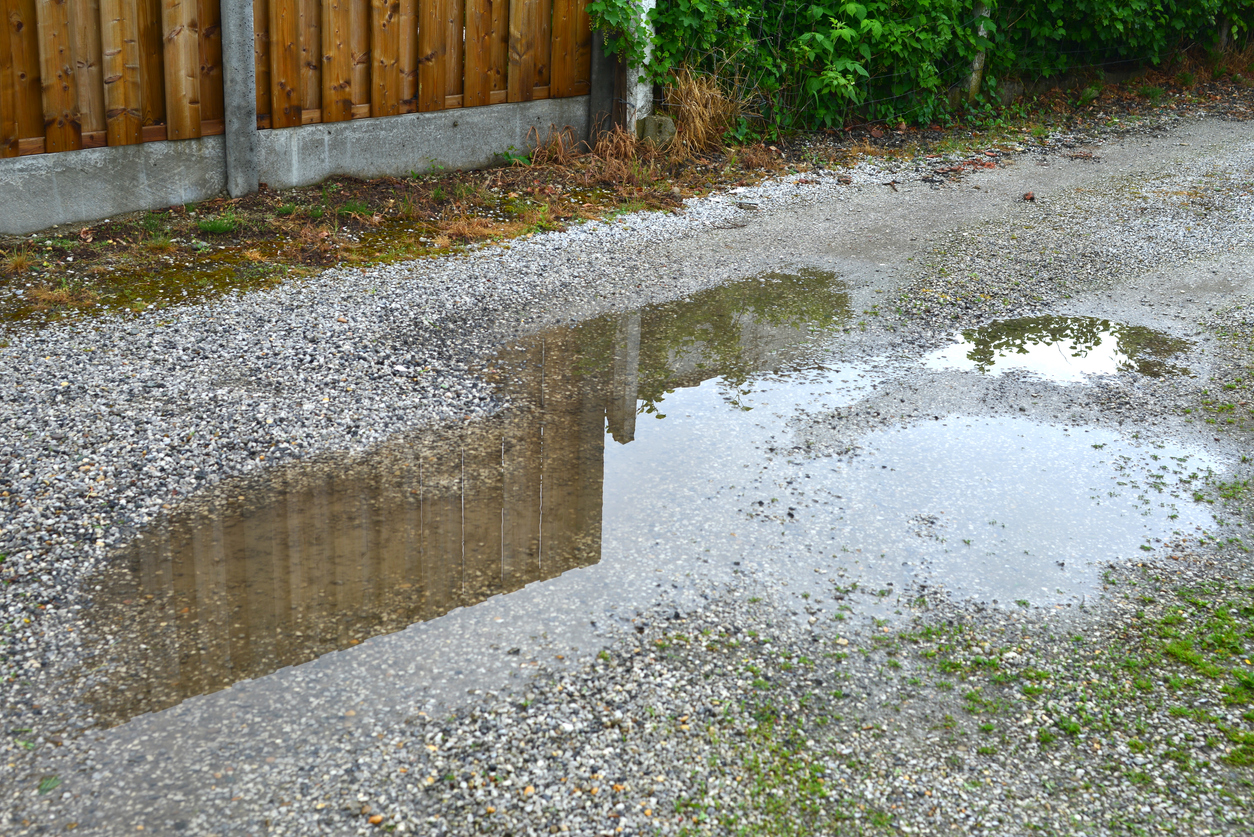
Check your gravel driveway for any areas where water pools or there appears to be poor drainage. If water is not draining properly, it can cause the gravel to erode or might result in large potholes in the near future. Prevent these potential problems by adding some more gravel to the low spots you identified. After adding new gravel, compact it to make sure it stays in place.
If the same areas of the driveway keep having water drainage issues, try to add and rake a little extra gravel across the area so that section of the driveway is a bit taller than the areas surrounding it. This will help facilitate proper drainage.
RELATED: How Much Does a Gravel Driveway Cost?
4. Fix potholes.
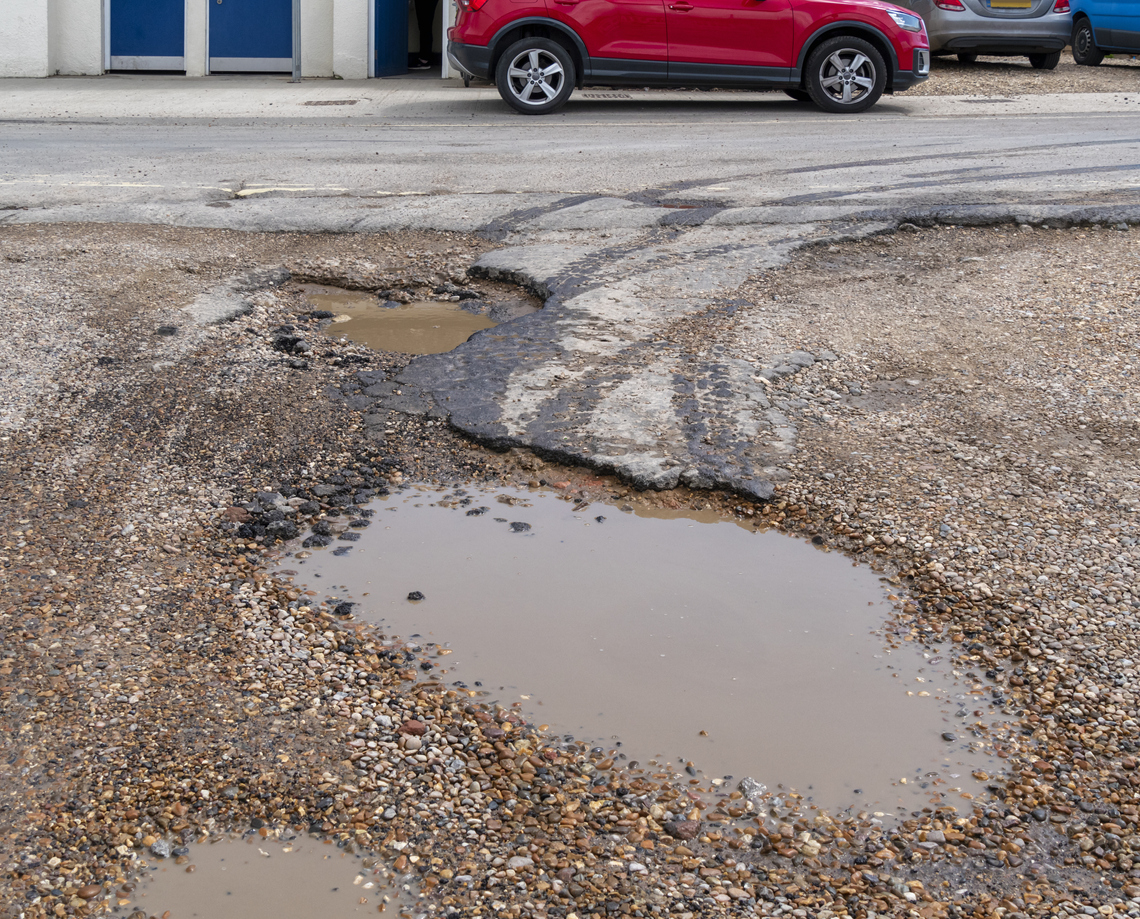
If you miss filling in smaller areas where water pools, they might turn into larger potholes. Fixing these should be a top priority, since potholes will only get larger and pose a bigger risk when they are not addressed. In fact, potholes can cause damage to your tires, bend or crack the wheel, throw your car’s suspension off, damage the body or undercarriage of the car, and more. Additional gravel and a heavy roller will be required to fix potholes; deeper ones will require grading before filling.
5. Exercise caution when clearing snow.
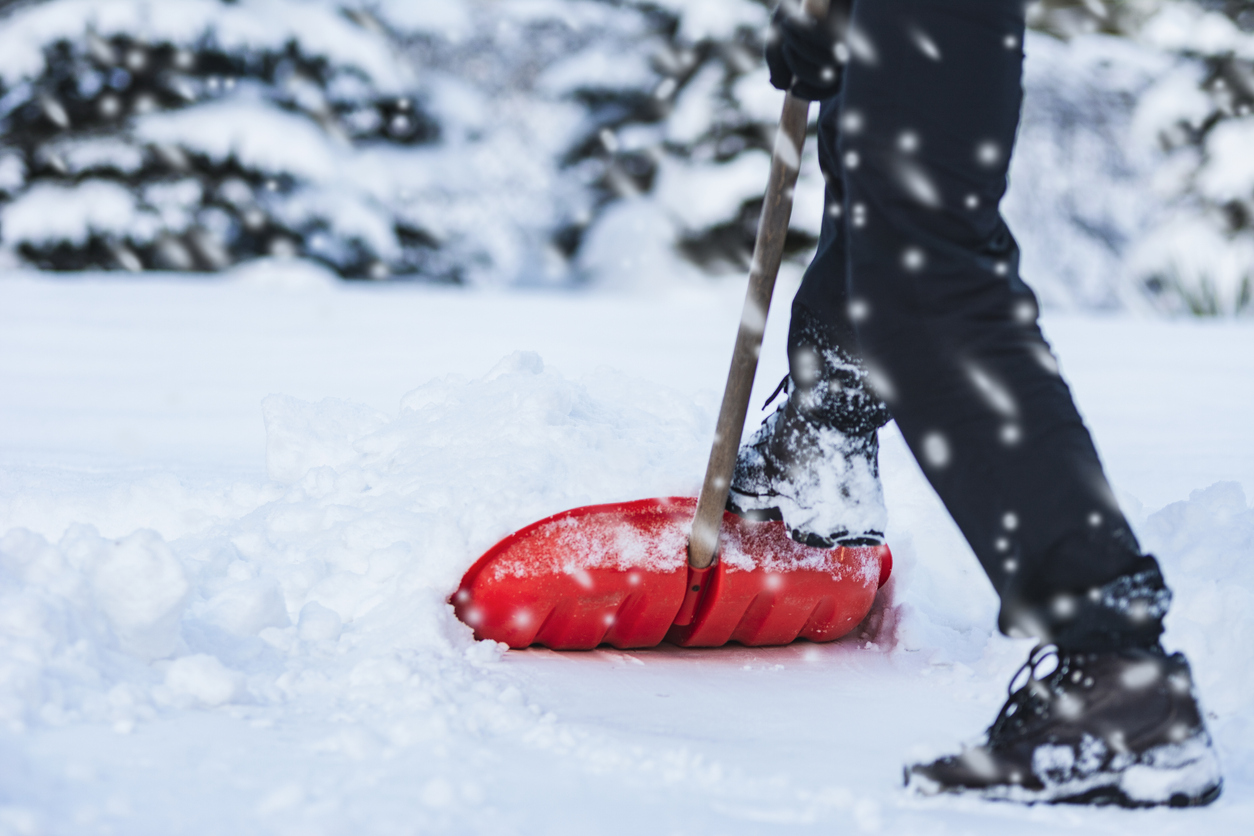
Clearing snow from a gravel driveway will require taking a few extra precautions that won’t be necessary with other surface types. First, you should not use a snowplow if you have a gravel driveway. In addition to moving the snow off the driveway, the plow is also likely to push and displace some of the gravel beneath it.
If you’re shoveling your driveway, it is a good idea not to try to clear it all the way off. Instead, leave about an inch of snow over it. There will still be plenty of traction under the thin layer provided by the gravel, and less chance of dislodging gravel pieces while shoveling.
RELATED: These 17 Stone Walkways Are Simple to DIY
6. Check the grading.
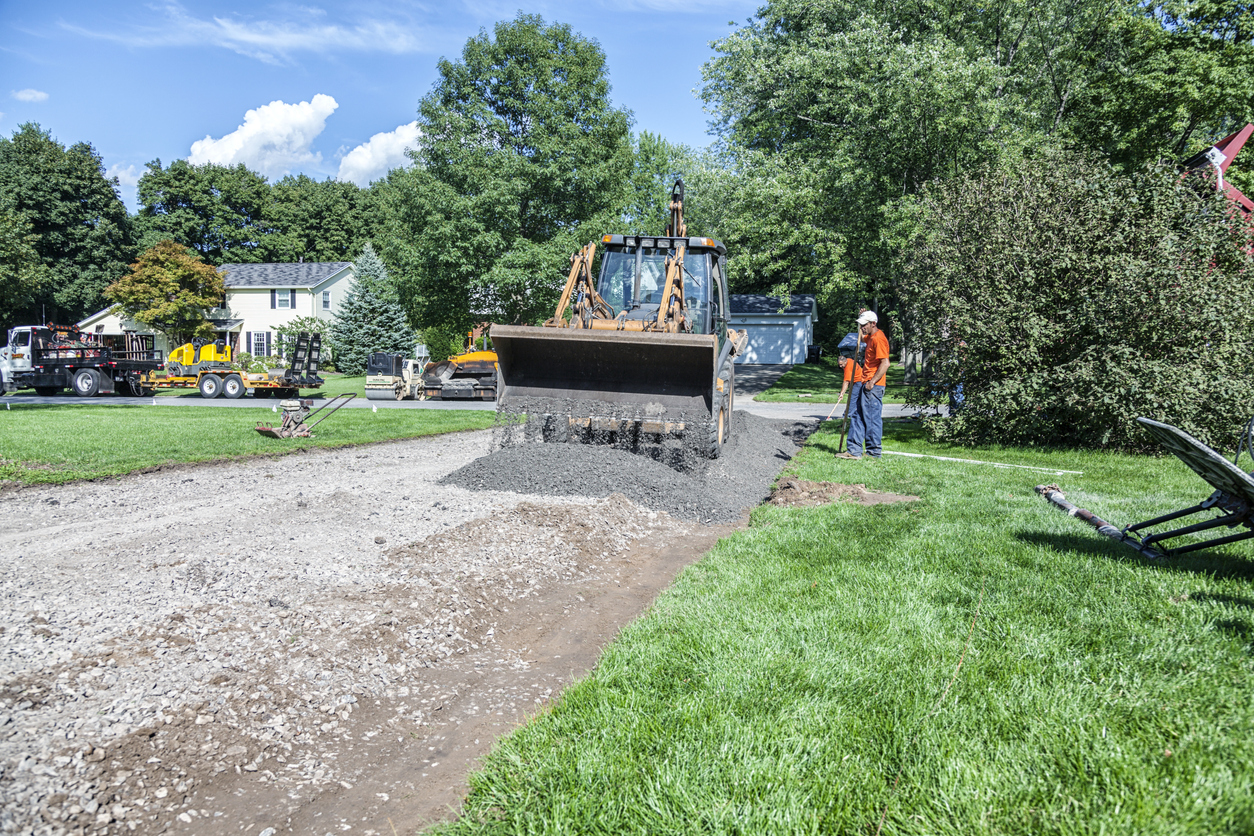
If you’re installing a new gravel driveway or need to add new stones to an older one, it is important to make sure that it is graded properly. This includes making sure that the sides and end slope down to let water drain properly. Grading the driveway before adding any stone is ideal to ensure that it slopes correctly and that you can spread the stone evenly across the surface.
7. Apply landscaping fabric.
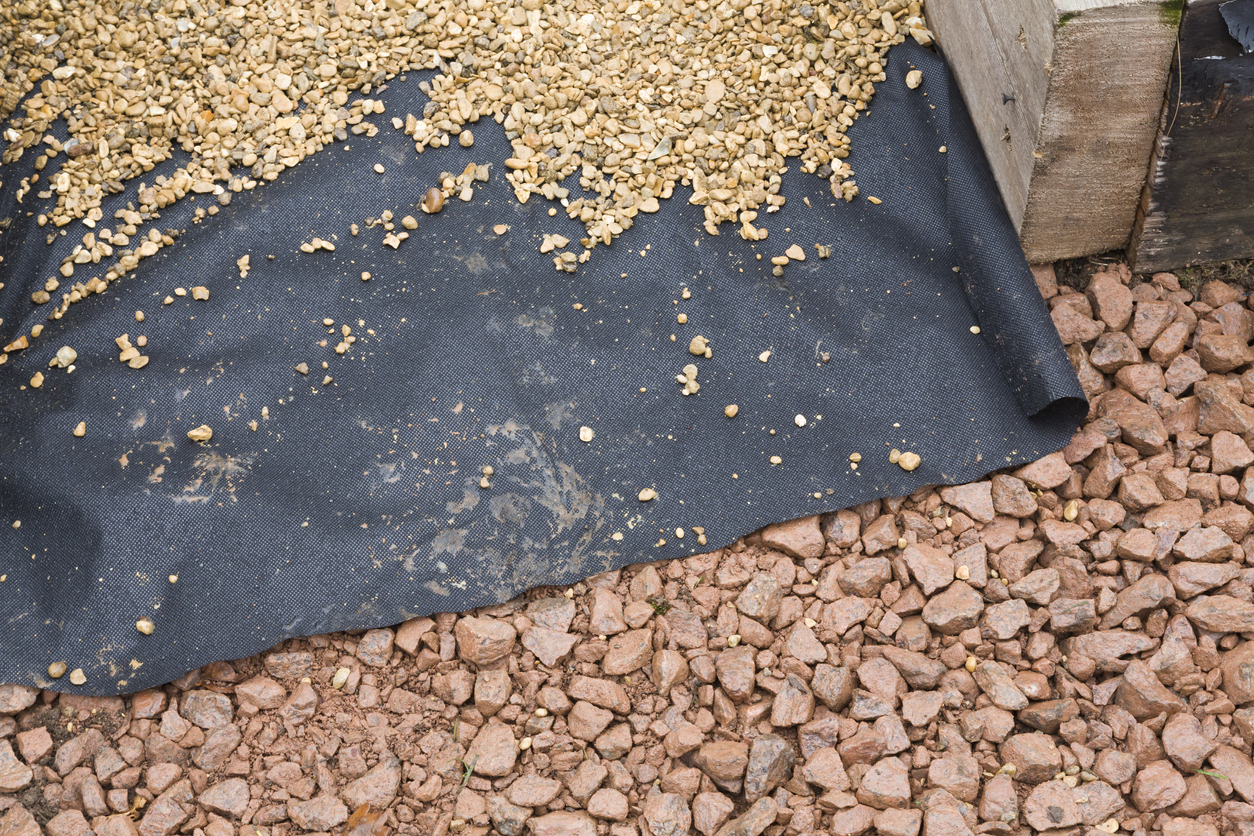
Laying landscaping fabric over the surface before applying new gravel to a driveway can offer several benefits. The most obvious benefit is helping to prevent weeds from poking through the gravel. However, the special fabric can also help prevent erosion by stabilizing the soil that is under the gravel. This can decrease the chance of potholes and areas with pooling water in the future. Air and water permeability are not as important for driveways as they are with plantings, so choose a heavy-duty fabric with low water permeability.

